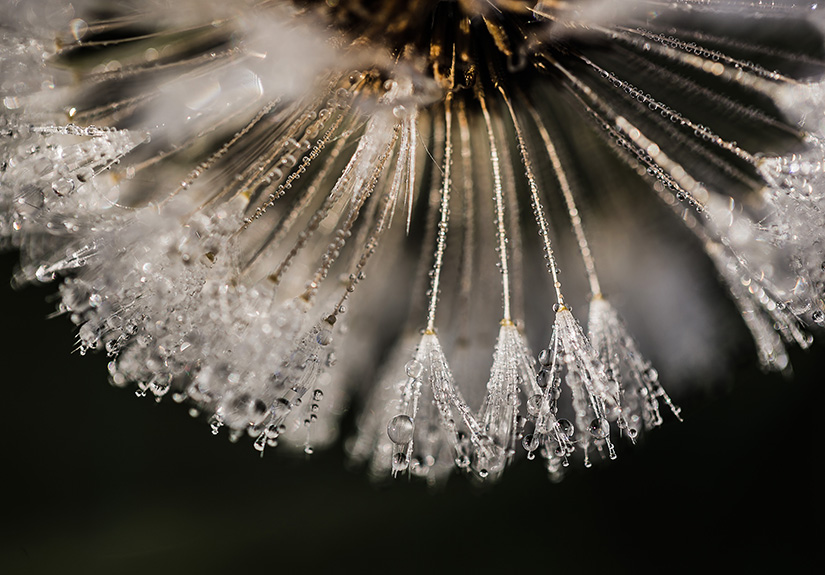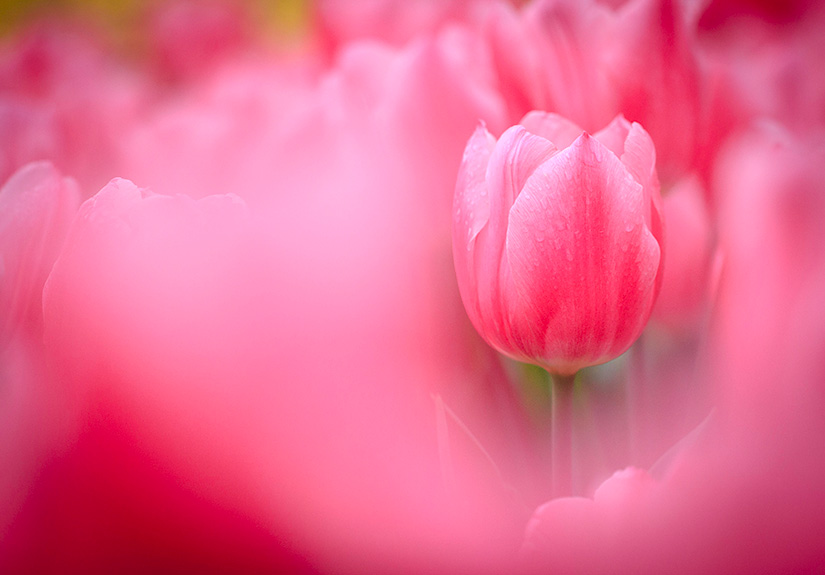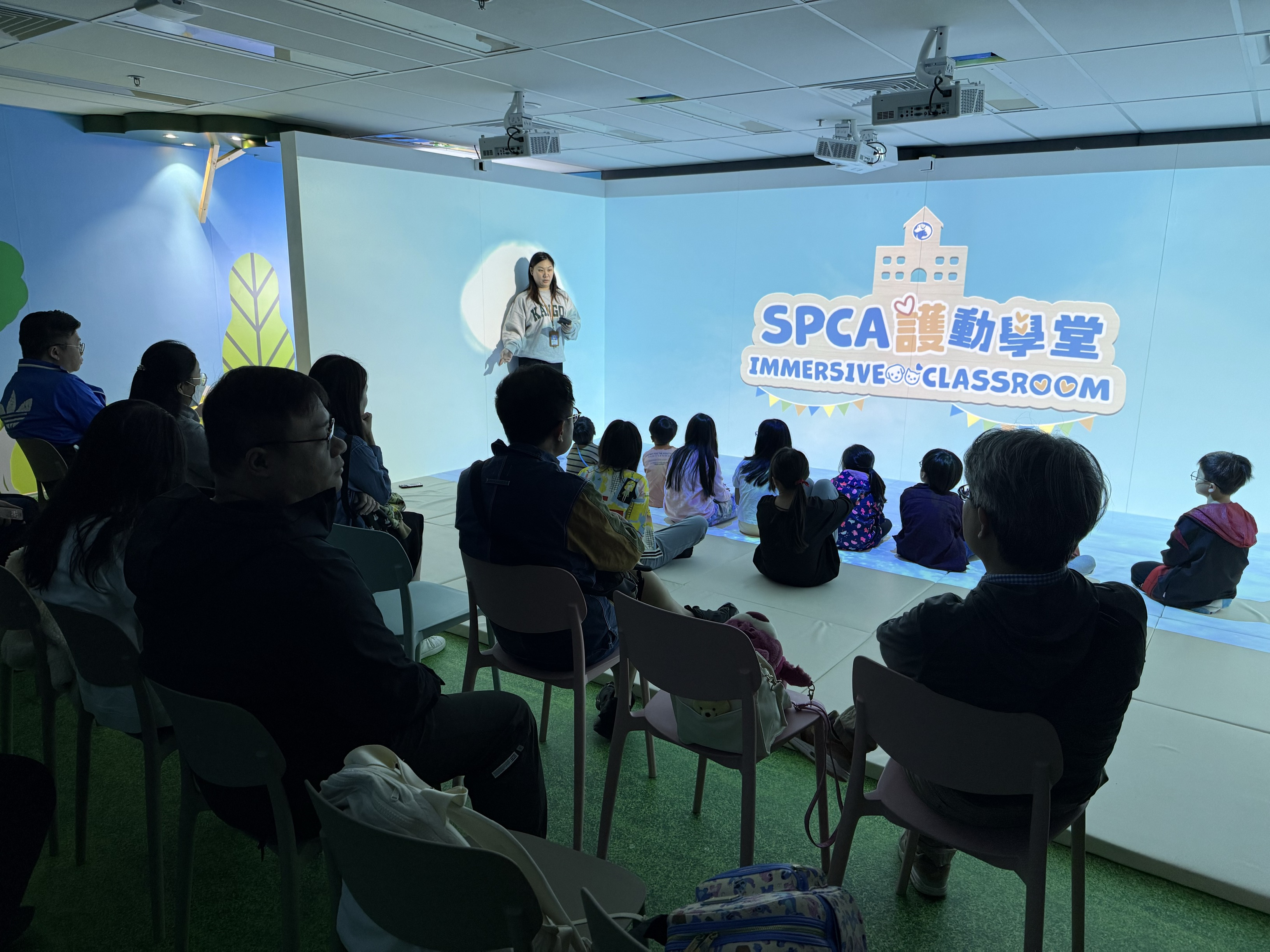Autumn’s Insect Story
The crisp autumn breeze is in the air and it is time for some hiking. Apart from appreciating the beautiful natural landscape, you can also take a relaxing walk in the greenery and search for the autumn’s insects, capturing the life of insects with your camera and lenses.
Macro Shots to Reveal Details
What type of lens should we use to photograph insects? Macro lens is probably the first thing that comes up your mind. Most macro lenses offer high magnification of up to 1:1, which is particularly useful when photographing tiny subject at close range and can reveal the pattern or fluff on the insect’s body. For sharper and more delicate photo result, use a smaller aperture such as f/8. If you shoot with the ultra-high resolution EOS 5DS / EOS 5DS R that offers up to 50.6 megapixels, you can even capture the contour of insects with high levels of detail and sharpness.
Macro lenses often come in any of the three focal lengths – the shortest 50mm, the medium 100mm and the telephoto 180mm. The lightweight EF 50mm f/2.5 Compact Macro offers a short focal length with high mobility. It is the perfect lens to use when hiking and offers the convenience to point and shoot whenever you come across any insects in interesting postures. The EF 100mm f/2.8L Macro IS USM with image stabilization function offers greater flexibility for handheld shooting, and is useful for capturing butterfly, bee in flight or use at location where setting up a tripod is impossible.
Macro lenses often come in any of the three focal lengths – the shortest 50mm, the medium 100mm and the telephoto 180mm. The lightweight EF 50mm f/2.5 Compact Macro offers a short focal length with high mobility. It is the perfect lens to use when hiking and offers the convenience to point and shoot whenever you come across any insects in interesting postures. The EF 100mm f/2.8L Macro IS USM with image stabilization function offers greater flexibility for handheld shooting, and is useful for capturing butterfly, bee in flight or use at location where setting up a tripod is impossible.

Title:《清心》 Club Canon Member: Raymond Cheng
EOS 70D • EF 100mm f/2.8L Macro IS USM • 1/250s • f/3.5 • ISO 800
EOS 70D • EF 100mm f/2.8L Macro IS USM • 1/250s • f/3.5 • ISO 800
Telephoto Shots to Capture the Actions
Some insects such as dragonfly have high agility and are very sensitive to interference from the environment. To take photos of these insects, a telephoto lens (with maximum magnification ratio of 0.2x or above) is especially useful. Photographer should keep a safe distance with the subject to enhance the chance for a successful shot. Pay attention to the shutter speed in use and avoid losing the focus. The shallow depth of field created by a telephoto lens can help achieve a clean composition by blurring the background, making the subject stand out to reveal its unique form and colors. To achieve even higher magnification, the 1.3x and 1.6x Crop Shooting mode incorporated in the EOS 5DS / EOS 5DS R can provide extra convenience to zoom-in to distant subject instantly as if using an extender. The camera can capture up to 20-megapixel high-resolution images even if the 1.6x Crop Shooting mode is used, assuring both ease of use and beautiful image quality with high level of detail when photographing distant insects.

With minimum focusing distance refined to 0.98m and 0.31x maximum magnification, the EF 100-400mm f/4.5-5.6L IS II USM offers high shooting mobility and can further facilitate close-range shooting of insects resting on the trees
Title:《飛出黑暗》 Club Canon Member: Eddie Kwong
EOS 5D Mark III • EF 100-400mm f/4.5-5.6L IS II USM • 1/250s • f/5.6 • ISO 100
Title:《飛出黑暗》 Club Canon Member: Eddie Kwong
EOS 5D Mark III • EF 100-400mm f/4.5-5.6L IS II USM • 1/250s • f/5.6 • ISO 100
Use of Light
In general, we should photograph insects with front lighting as the light is relatively soft and is good for revealing the patterns, texture and bright colors of insects. When shooting in the morning or late afternoon when light is more directional, we can try using back lighting. With light penetrating through the wings, a sense of transparency and depth can be added to the photo. Use of back lighting can also highlight the details of insects (such as the bee’s fluff). In the event of great lighting contrast, shoot with a flash to provide fill lighting can help retain the details.

The wings of dragonfly are mostly translucent. Photo with a sense of transparency can be captured when shooting with back lighting
Title:《Dragonfly》 Club Canon Member: Wing
EOS 6D • EF 24-70mm f/2.8L II USM • 1/640s • f/2.8 • ISO 100
Title:《Dragonfly》 Club Canon Member: Wing
EOS 6D • EF 24-70mm f/2.8L II USM • 1/640s • f/2.8 • ISO 100
Compositional Skills
Insects fly around in the trees and flowers. Keep the background elements and colors as clean and simple as possible, and try creating strong contrast in terms of color and brightness with the subject for more outstanding result. For shooting angles, photo novices can shoot from the eye level of insects – i.e. to have your lens stay parallel with the insect’s body – to reveal the beautiful pattern of butterfly’s wings or the compound eye structure of dragonfly. Besides, a diagonal composition can make the insects look more vital and dynamic.

Apart from keeping the composition clean and simple, contrast in color and brightness can also make the subject stand out
Title:《一息間》 Club Canon Member: Eddie Kwong
EOS 5D Mark III • EF 300mm f/4L IS USM • 1/200s • f/5.6 • ISO 200
Title:《一息間》 Club Canon Member: Eddie Kwong
EOS 5D Mark III • EF 300mm f/4L IS USM • 1/200s • f/5.6 • ISO 200




